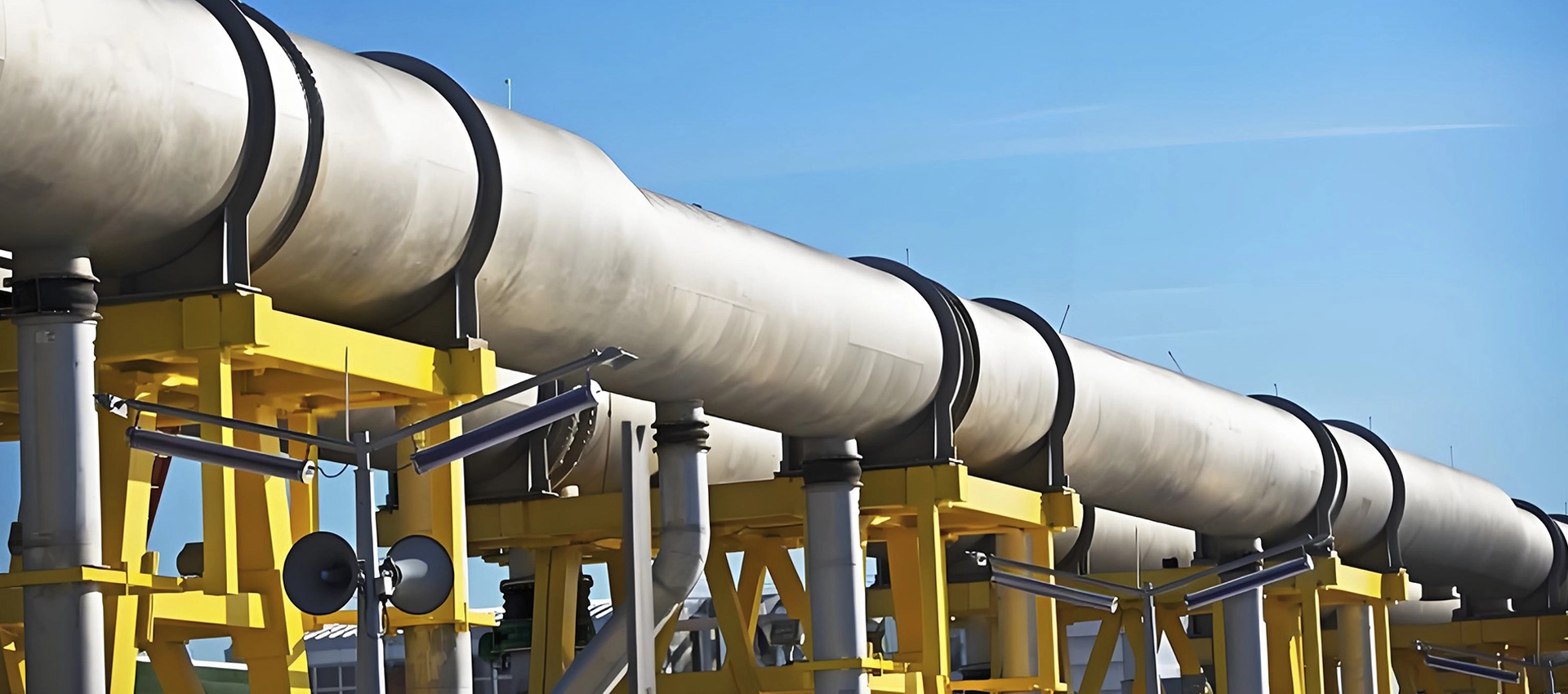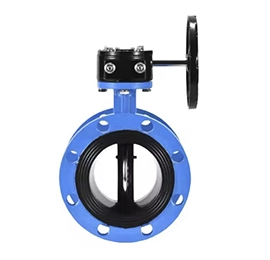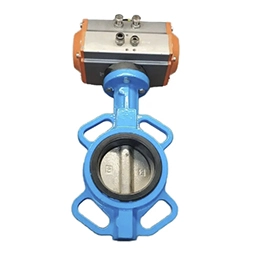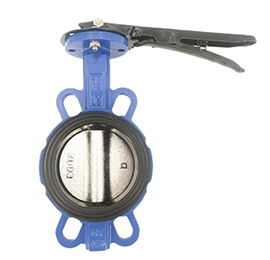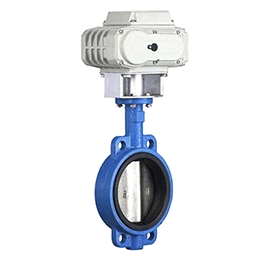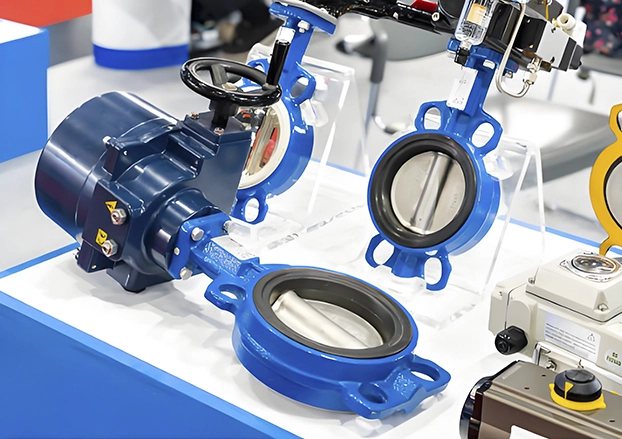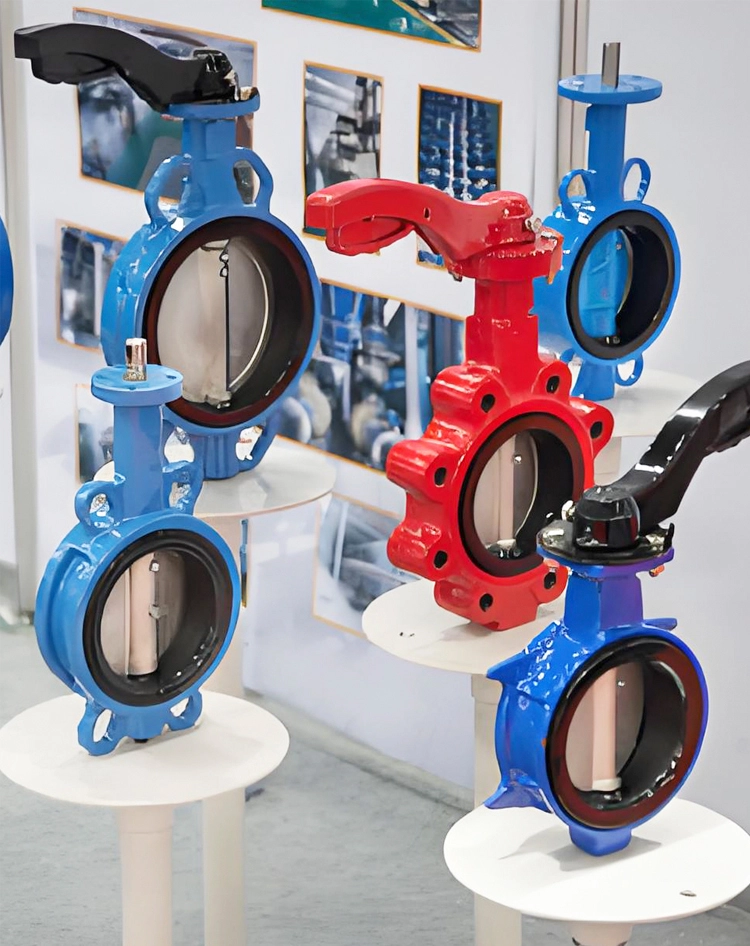Working Principle of Butterfly Valves
The working principle of butterfly valves is straightforward. The valve’s disc rotates around a shaft, allowing it to control fluid flow. When the disc is perpendicular to the flow, the valve is closed. When the disc is parallel to the flow, the valve is fully open. This simple mechanism ensures quick and precise control, making butterfly valves highly efficient.
Materials Used in Butterfly Valves
The materials used in butterfly valves vary based on the application:
Stainless Steel: Corrosion-resistant and durable, suitable for harsh environments.
Cast Iron: Economical and robust, ideal for water applications.
Bronze: Offers good corrosion resistance and is used in potable water systems.
Plastic: Lightweight and cost-effective, suitable for non-corrosive fluids.
Advantages of Butterfly Valves
Compact Design: Saves space and is easy to install.
Quick Operation: Requires minimal effort to open or close.
Cost-Effective: Lower initial and maintenance costs compared to other valve types.
Versatile Applications: Suitable for a wide range of fluids, including water, air, and chemicals.
 EN
EN

